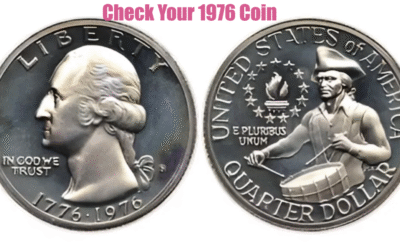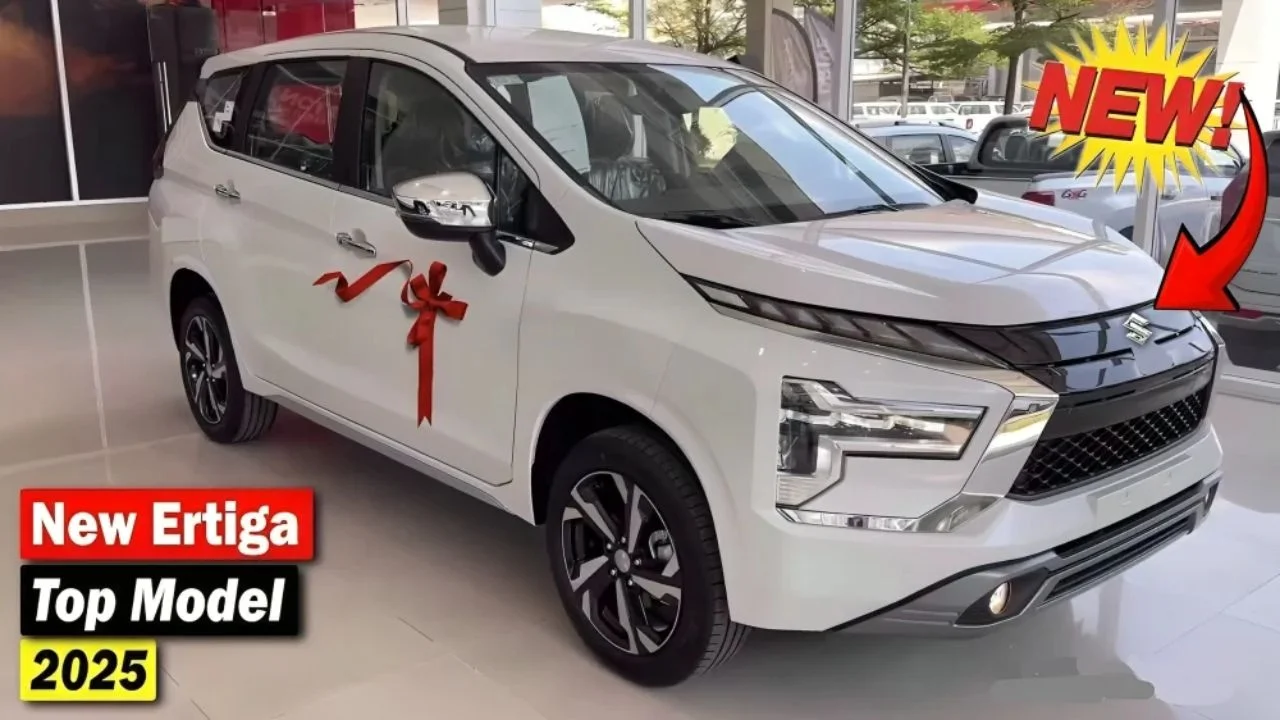Buy New Tata Nano at the Price of Splendor Bike with Premium Look and Great Mileage
 Tata Nano
Tata Nano
New Tata Nano: When Tata Motors launched the new Tata Nano in 2009, it wasn’t just launching another car it was launching bold idea. Marketed as the world’s most affordable car at the time, the Nano was much more than just an automobile. It represented the dreams of millions of Indian families looking to transition from two-wheelers to their first four-wheeler. Although the Nano’s journey had many bumps along the road, its impact on automotive history is undeniable.
we will delve deep into what made the Nano so unique, why it initially caught global attention, what were the reasons behind its downfall and whether the new Tata Nano (as it is envisioned today) still has a future.
The Birth of the world’s Cheapest Car
The original Tata Nano was launched at a staggering starting price of just ₹1 lakh (about $2,000 USD at the time). This affordable price created instant buzz around the world. The car was designed to serve India’s growing middle class particularly families that relied on two-wheelers. Tata Motors wanted to give these families a safe, affordable way to own a car without spending a lot.
This ambitious goal shaped the Nano’s core philosophy: affordable pricing without compromising on basic functionality. The result was a compact, no-frills car built from affordable materials, designed for practical urban mobility.
Why was the Tata Nano so Popular Initially?
At launch the Nano was hailed as breakthrough invention. It captured the attention of major media outlets, auto enthusiasts and economists. The discussion wasn’t just about the price it was about what the car represented: empowerment, freedom and accessibility for millions of people.
Here’s what made it an attractive option:
- Extremely low price: The biggest attraction was its price. Priced at around ₹ 1 lakh, no other car could come close to it in terms of affordability.
- Compact design: Perfect for India’s crowded urban roads.
- Fuel efficiency: Excellent mileage of 20-25 kmpl makes it light on the pocket.
- Easy maintenance: Simple engineering means low repair and servicing costs.
These features made the Nano more than just a car – it became a stepping stone to advancement for middle-class Indians.
Interior space and design – small but smart
Despite its small frame, the new Tata Nano was remarkably well packaged. The exterior had rounded, cheerful design that made it instantly recognizable. Inside the Nano had seating for four adults. While legroom was a little tight for tall passengers in the rear seat, the cabin was surprisingly spacious for vehicle of this size.
The dashboard was minimal and the upright driving position offered good visibility. headroom wasn’t an issue. Tata Motors focused on maximizing interior space while keeping the vehicle compact enough for city driving.
Engine and Performance Built for the City
Under the hood the Nano had small 624cc, two-cylinder, rear-mounted petrol engine. It wasn’t designed for high speeds or long distance travel but it did the job for short trips.
- Top speed: Around upto the 105 km/h (65 mph) Acceleration:
- Modest focused on urban traffic needs Rear engine layout:
- Helped increase cabin space but compromised weight balance slightly
Although it could not match the bigger hatchbacks in terms of highway power, the new Tata Nano offered great handling in congested urban environments. Its small size and tight turning radius made it easy to park and pass through tight spaces.
Fuel efficiency – easy on the pocket
One of the most commendable features of the Nano was its impressive fuel economy. Offering mileage between 20 and 25 km/l (about 47-59 mpg) the car was ideal for budget-conscious drivers.
New Tata Nano Considering the rising fuel prices in India at the time, this mileage made the New Tata Nano an extremely economical vehicle for daily use. Whether commuting to work, running errands or going to school, the Nano kept operating costs low.
Features and Tools – Purposeful Minimalism
To meet its affordability goals, Tata Motors had to make compromises. The early Nano models were extremely basic. They didn’t have the features that many drivers today take for granted:
- Base model has no air conditioning
- No power steering
- No power windows
- No airbags
- Basic instrumentation and interior
Later models like the Nano LX and Nano GenX added more features like AC, power steering, better styling and even an automatic transmission option. Still the new Tata Nano was always about keeping things simple, functional and affordable.
What went wrong: why did the Nano ultimately fail?
Despite a promising start and initial excitement, the Nano did not live up to its commercial expectations. Several factors contributed to its downfall:
- Image problem: At the Being known as the “world’s cheapest car” backfired.
- Instead of being seen as a smart economic choice, it was labeled as a “cheap” car, which affected its aspirational appeal.
- Safety concerns: A few incidents of Nano cars catching fire made headlines.
- Although Tata Motors addressed these concerns public perception was affected.
- Lack of features: In a competitive market other small cars offered better features at slightly higher price, making them more attractive to buyers.
- Consumer preferences: As incomes rose buyers preferred more premium options with better comfort, safety and styling.
- The Nano’s minimalist design did not work out.
- Marketing mistakes: The Nano was marketed as an extremely low-priced car, which did not appeal to India’s status conscious buyers.
Due to all these challenges, the production of Nano was officially discontinued in 2018.
The Legacy of Tata Nano
Although the original Nano failed to capture a mass market for long, its impact was significant:
- It challenged global car manufacturers to rethink how affordable a car could be.
- It spurred innovations to cut costs without compromising on basic safety and utility.
- It laid the groundwork for future budget cars and compact city vehicles.
If the new Tata Nano is reintroduced with modern updates, it could meet today’s demand for affordable, electric and eco-friendly urban cars. In fact, there are talks about Tata exploring an electric version of the Nano for the urban EV segment. This could be a strong comeback for the brand that once dared to think differently.
Is the new Tata Nano still worth buying Today?
If you’re considering buying a used Nano or dreaming of a new Tata Nano reboot, here are a few things to keep in mind:
Pros:
- Extremely affordable to buy and maintain
- Ideal for short city trips
- Excellent fuel efficiency
- Easy to park and drive
Cons:
- Lacks modern safety features
- Not suitable for highway driving or long trips
- Limited trunk space
- Outdated design and limited tech features
For college students, city dwellers or budget-conscious drivers, a well-maintained used Nano can still be a practical, eco-friendly option.
FAQs
Q1: Tata Nano seat capacity How Many People?
Ans: Seat four adults comfortably. Taller passengers may find the rear seats a bit cramped.
Q2: What is the mileage of the Tata Nano?Ans: Between the 20-25 kmpl (47-59 mpg) depending on driving conditions.
Q3: Tata Nano still being produced?Ans: No, production ended in 2018. However, there is speculation about possible electric version in the future.
Q4: Is the Tata Nano a good choice for new drivers?Ans: Yes. Its simple controls, compact size and low running costs make it ideal for first-time car owners and learners.
Final Thoughts: Will we see the new Tata Nano again?
The original Tata Nano was bold visionary project. It brought car ownership within reach of millions and showed what innovation in budget engineering could achieve. Although it did not last long its story is far from over.
With the growing demand for small, electric and affordable urban vehicles these days, the new Tata Nano could make a comeback with a green twist. If Tata Motors revives the Nano EV with modern features, it could once again take the market by storm just as it did in 2009.
For now, the Nano remains symbol of hope ingenuity and ambition. A car that promised to change the world and almost did. More..




